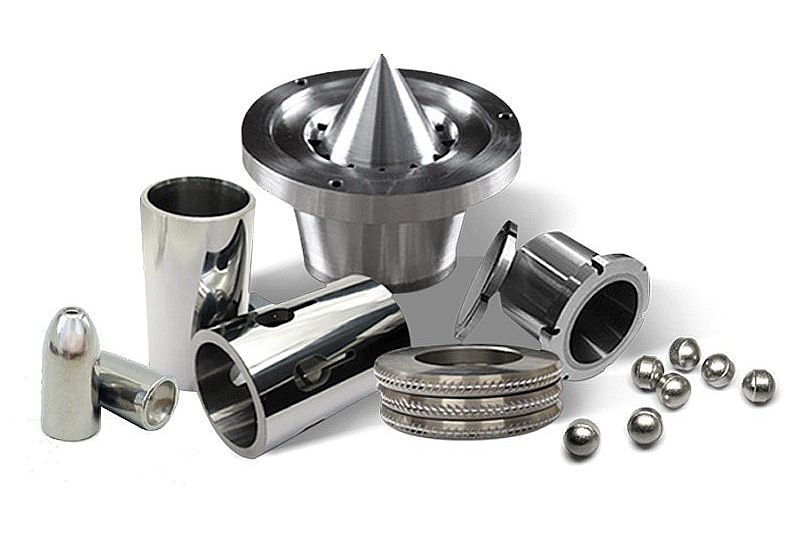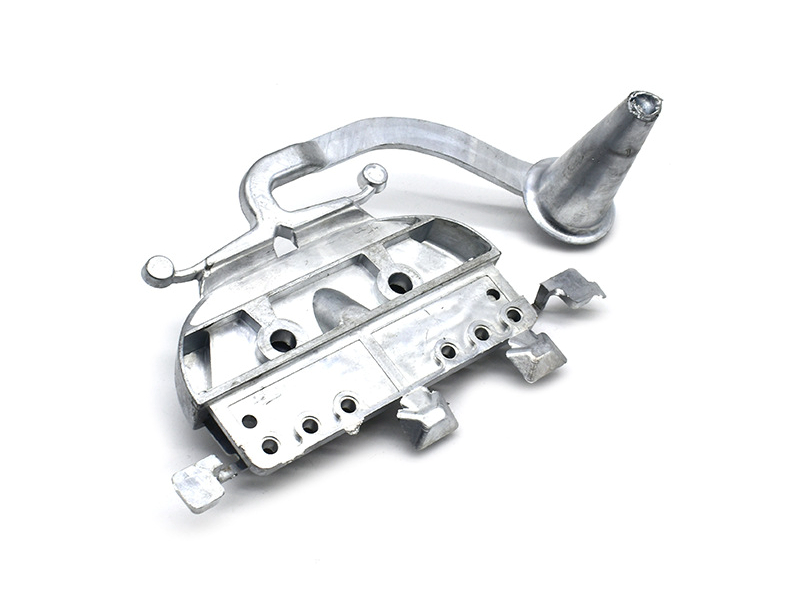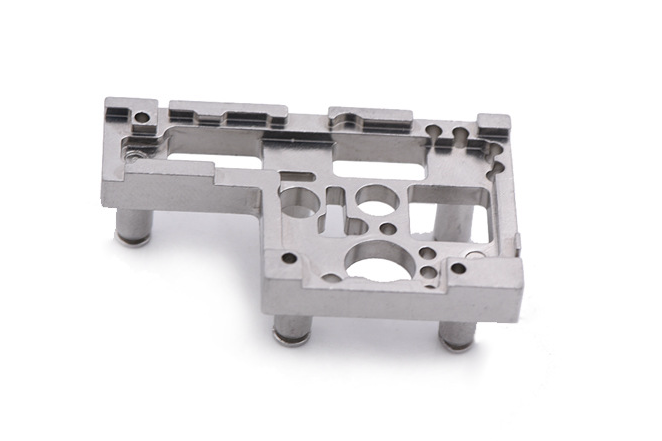What material and heat treatment requirements apply to gears in high-load tools?
Gears used in high-load power tools and compact transmission systems must sustain high torque, shock loads, and millions of duty cycles without premature wear or fracture. To achieve this, both material selection and heat treatment must be specified precisely during custom part manufacturing, ensuring that core strength, surface hardness, and fatigue resistance are balanced. Neway engineers utilize a combination of low-alloy steels, tool steels, and advanced powder metallurgy materials, supported by controlled heat treatment and secondary finishing processes.
Material Selection for High-Load Gear Strength
The most reliable materials for high-load tool gears are carburizing and quench-temper steels such as 8620, 4140, and 9310. These alloys, available via MIM-4140 or MIM-9310, offer excellent hardenability and dimensional stability, enabling precise tooth profiles. For even higher demands in compact gear sets, tool steels from injection molding tool steel options can be used. In near-net-shape manufacturing, these materials are ideal for complex internal shapes, allowing for easy transition to heat treatment.
Heat Treatment and Microstructure Control
Heat treatment is a crucial step for ensuring gear durability. Carburizing, followed by quenching and tempering, transforms the surface into a hard martensitic layer while maintaining the core's ductility. This creates a fatigue-resistant case depth, which is critical for withstanding cyclic loading. For thin-wall gears or localized tooth hardening, induction hardening is used to selectively increase hardness without distorting other features. Neway applies controlled heat treatment protocols to manage these phases and avoid excessive brittleness that could cause tooth root cracking.
Surface Finish and Post-Processing
Accurate surface condition is essential for high-load tools. After heat treatment, tooth edges and root radii must be refined to remove stress concentrators. Processes like tumbling eliminate sharp features that could lead to crack initiation. For improved wear resistance, additional treatments such as nitriding or PVD coating can be applied to enhance lubrication performance and reduce abrasive wear during heavy loading.
Design Guidelines for High-Load Gear Life
Select low alloy steels such as 8620, 4140, or 9310 for core toughness and heat treatment compatibility.
Specify required case depth, hardness range, and tempering condition early in the CAE design stage.
Use induction hardening or controlled carburizing to target only the tooth flank and root zones.
Refine gear geometry with deburring and surface finishing to prevent crack initiation.
Validate performance through torque cycling and fatigue testing using prototypes produced via CNC machining prototyping.



